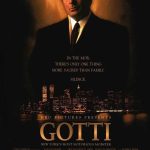Midway (2019)
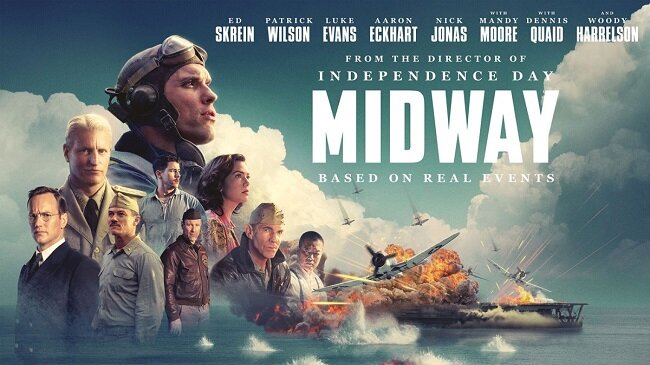
Midway (2019): A Spectacular Tribute to the Heroes of the Pacific War
Introduction
Midway, directed by Roland Emmerich, is a grand-scale war epic that dramatizes the pivotal Battle of Midway during World War II. Released in 2019, the film chronicles the events leading up to and including the battle that turned the tide in the Pacific Theater. With a star-studded cast including Ed Skrein, Patrick Wilson, Woody Harrelson, Luke Evans, and Mandy Moore, Midway combines intense aerial combat sequences with personal stories of bravery and sacrifice. The film seeks to honor the real-life heroes who fought against overwhelming odds, showcasing their courage and resilience in the face of one of history’s most significant naval battles.
Plot Summary
The story begins with the devastating attack on Pearl Harbor in December 1941, which propels the United States into World War II. The narrative then follows several key figures in the lead-up to the Battle of Midway in June 1942:
Lieutenant Dick Best (Ed Skrein): A fearless and sometimes reckless Navy pilot determined to make a difference in the war.
Admiral Chester W. Nimitz (Woody Harrelson): Tasked with leading the U.S. Pacific Fleet after the Pearl Harbor attack, he must rebuild morale and plan a counteroffensive.
Edwin Layton (Patrick Wilson): An intelligence officer who deciphers Japanese plans, providing crucial information for the U.S. Navy to anticipate the enemy’s moves.
As tensions rise, the U.S. Navy prepares for a decisive engagement against the Imperial Japanese Navy near Midway Atoll. The battle itself is a harrowing spectacle of strategy, aerial dogfights, and high-stakes decisions, culminating in a victory that shifts the balance of power in the Pacific.
Historical Context
The Battle of Midway, fought from June 4-7, 1942, was a turning point in the Pacific War. After their success at Pearl Harbor, the Japanese sought to eliminate the U.S. as a strategic power in the region by luring its aircraft carriers into a trap. However, thanks to the work of American codebreakers and decisive leadership, the U.S. was able to ambush the Japanese fleet, sinking four of their aircraft carriers.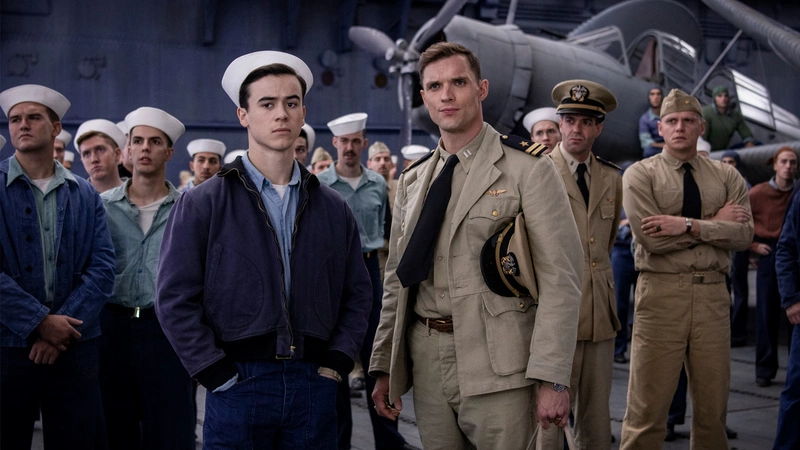
The victory at Midway dealt a significant blow to Japan’s naval capabilities, marking the beginning of the Allies’ offensive in the Pacific. While the film takes some dramatic liberties, it stays relatively true to the historical events, aiming to highlight the sacrifices and strategic brilliance of the individuals involved.
Themes
The film emphasizes the personal sacrifices made by the soldiers, sailors, and airmen on both sides, reminding viewers of the human cost of war. It showcases the importance of coordination between intelligence, leadership, and frontline fighters. The success of the U.S. at Midway was not just a result of individual heroism but also of collective effort and strategic planning. After the Pearl Harbor attack, the U.S. Navy was outgunned and demoralized, yet Midway captures the determination to rebuild and retaliate, showing how resilience can lead to triumph even in the darkest times.
Performances and Direction
Ed Skrein shines as Dick Best, bringing energy and intensity to the role of a daring pilot. His portrayal captures the bravado and vulnerability of a man who shoulders immense responsibility during the war. Patrick Wilson as Edwin Layton offers a quieter but equally compelling performance. His role as the intelligence officer highlights the behind-the-scenes work that was crucial to the battle’s success.
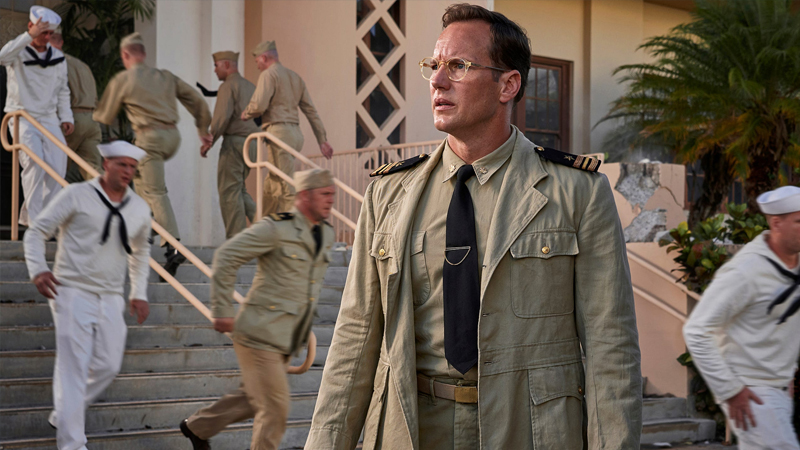
Woody Harrelson as Admiral Nimitz brings authority and gravitas, portraying a leader tasked with making tough decisions under immense pressure. Roland Emmerich, known for his blockbuster-style filmmaking (Independence Day, The Day After Tomorrow), brings his signature flair to Midway. The action sequences are massive and visually stunning, immersing viewers in the chaos and intensity of naval and aerial combat.
Visuals and Special Effects
The film’s visual effects are a standout feature, particularly the aerial dogfights and carrier battles. The meticulous recreation of period-specific aircraft and ships adds authenticity, while the dynamic camera work places viewers in the middle of the action. However, some critics noted that the heavy use of CGI occasionally felt overwhelming, detracting from the emotional weight of the story. Despite this, the effects effectively convey the scale and stakes of the Battle of Midway.
Critical Reception
Midway received mixed reviews from critics, with praise for its historical accuracy and action sequences but criticism for its somewhat formulaic storytelling and lack of character depth. Audiences, however, appreciated the film’s tribute to the real-life heroes of the battle, and it performed well at the box office, grossing over $125 million worldwide. Many commended the film for shedding light on a pivotal moment in World War II history, particularly for younger generations unfamiliar with the details of the Battle of Midway.
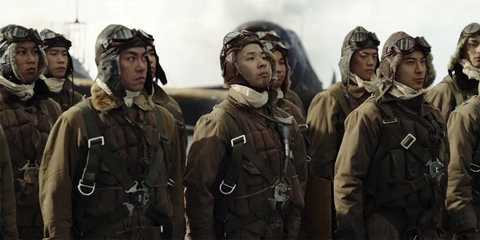
Legacy and Impact
While not without its flaws, Midway succeeds as a tribute to the bravery and sacrifice of the men and women who fought in the Pacific War. By focusing on the human stories behind the historical events, the film resonates as both a war drama and a testament to the resilience of the human spirit. For viewers seeking an action-packed yet informative portrayal of one of World War II’s defining battles, Midway offers a compelling and respectful retelling of history.
Conclusion
Midway is a visually stunning and emotionally charged war epic that honors the courage and ingenuity of those who fought in one of World War II’s most critical battles. While its focus on action occasionally overshadows character development, the film remains a powerful reminder of the sacrifices made by a generation to secure freedom and peace.






